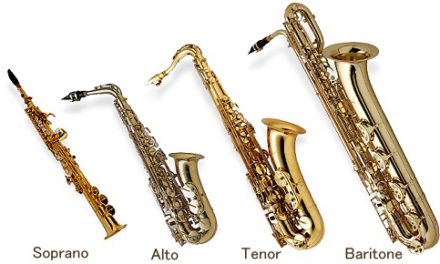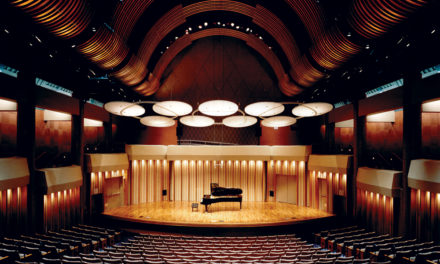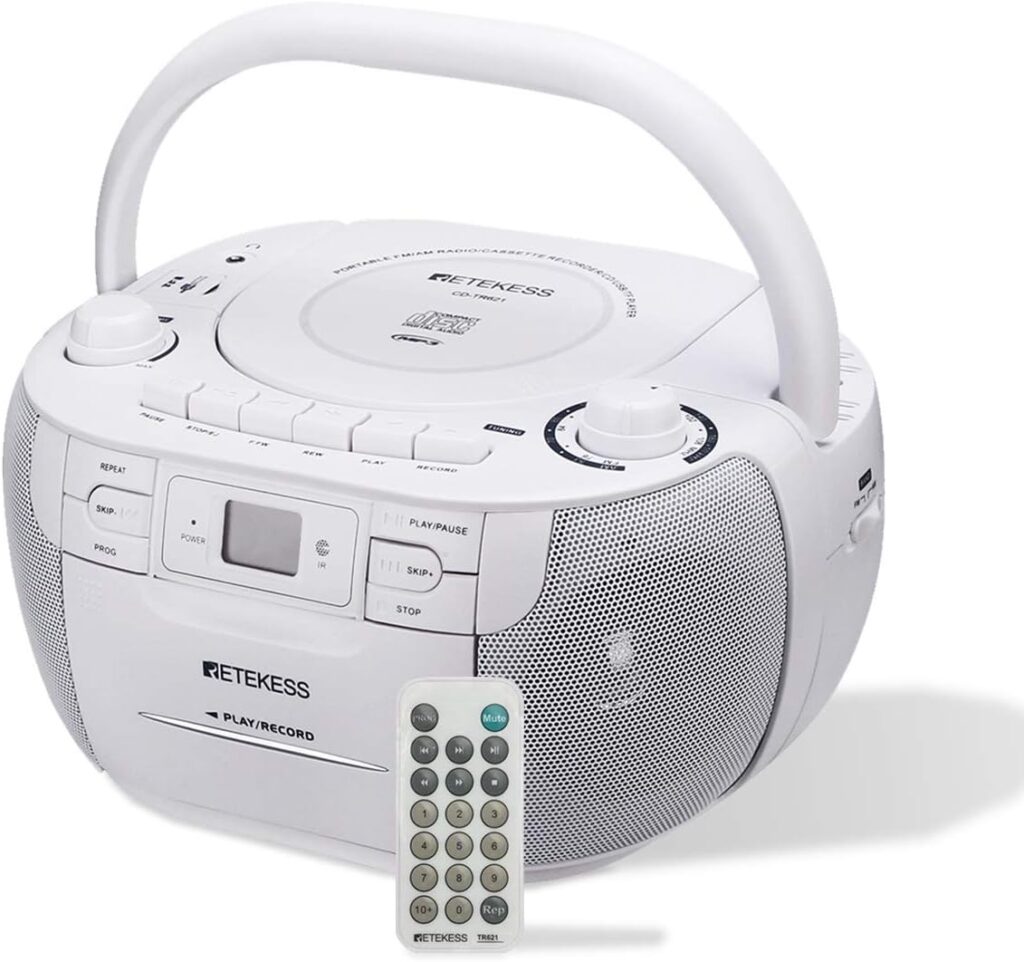Most aspiring musicians pick up traditional instruments such as the piano, violin or guitar. But others consider those instruments as “too mainstream”. Here we have listed 12 of world’s most bizarre musical instruments, including some you probably never heard of before:
1. Nano Guitar

The world’s smallest musical instrument created by Dustin W. Carr in the Cornell Nanofabrication Facility in 1997, the Nano Guitar is just 10 micro meters long just about as long as 1/20th of the diameter of a human hair. It’s 6 strings are 50 nano meters wide each and entire guitar is the size of an average Red Blood Cell that is carved from a grain of crystalline silicon by scanning a laser over a film called a resist. The instrument can be only played by tiny lasers in an atomic force microscope which act as the pick. The Nano Guitar strings produces 17 octaves higher than a normal guitar whose sounds even if amplified cannot not be heard by a human ear.
2. Glass Armonica

Also referred as Glass Harmonica, Bowl Organ, or simply Armonica is a type of musical instrument invented by Benjamin Franklin in 1761 which is played by rubbing glass or crystal goblets or bowls in such a size that produces musical tones by means of friction. The Armonica is played by a rubbing wet fingers around the rim of a wine goblet to produce tones and sounds. The rims were even painted according to the pitch of the note. It has a series of a glass bowls on a rotating iron spindle whose tuning is achieved by size selection of each bowl that means the larger the bowl the deeper the pitch. Because of the sound portion is made of glass, this is even is called Crystallophone.
3. Contrabass Balalaika

As a Russian folk instrument, the contrabass balalaika was created during the second part of the 17th century. It does not look like any other instrument as its unique triangular shape makes it one of a kind. This bizarre and unique instrument should usually rest on the floor on its legs while you play on it. It comes in its triangular shape and many various sizes.
4. Aeolian Wind Harp

A musical instrument played by the wind is named after the Greek God of the wind Aeolus. The Aeolin Harp is a wooden box including a sounding board with strings stretched lengthwise across two bridges and placed in a slightly opened window where the wind can blow across the strings to vibrate and produce random harmonic frequencies and sounds. These harps comes in various shapes and sizes along with strings made from different materials. Since this Aeolin Wind Harp was produced in the Ancient Greek era, it became a popular household instrument in the Rennaissance period and are still hand crafted today.
5. The Janko keyboard

The Janko keyboard is an alternate musical keyboard layout for pianos designed by Paul von Jankó in 1882. Each chord, scale, and interval has a consistent shape and can be played with the same fingering, regardless of its pitch or what the current key is. If you know a piece of music in one key you can transpose it simply by starting at a different pitch because the fingering is the same in every key.
6. The Great Stalacpipe Organ

Located inside the Luray Caverns in the Shenandoah Valley of Virginia, USA, the Great Stalacpipe Organ is considered to be the largest and oldest electrically actuated lithophone in the world. It was designed and implemented by Leland.W.Sprinkle over 3 yrs when he discovered that stalactites inside the caverns produce specific notes and melodic sounds when struck by the mallet. He then invented a organ style keyboard console and wired a mallet for each stalactite that gets activated by pressing the correct key on that instrument’s keyboard whose sounds which are gathered from the stalactites are regulated by the stalactite organ. These stalactites are distributed through 3.5 acres approx. of the caverns but can be heard anywhere within its 64 acre area.
7. Musical Saw

Also called as a Singing Saw, the Musical Saw is the application of a hand saw as a musical instrument which creates a very ghostly or ethereal tone similar to the Theremin. Under the Hornbostel Sachs system of musical instrument classification, this instrument has been classified as a friction idiophone with direct friction. As compared to the wood-cutting saws, the blades of the musical saws are generally wider, longer and have finer control with no sharpened teeth. A musical saw produces 2 octaves regardless of their length. Alfred Schnittke used the musical saw in a number of his works.
8. Cimbalom

This instrument became popular in Hungary and it actually is an instrument that is a concert hammered dulcimer. There are metal strings on top of its box that is trapezoidal in shape. Unique in form, shape and size all the way.
9. Bazantar

Invented by Mark Deutsch who worked on the design between 1993 to 1997, the Bazantar is a custom made string musical instrument i.e a 5 string acoustic bass that has an additional 29 sympathetic strings and 4 drone strings attached to it. This instrument produces a melodic sound of about 5 octaves whereas its sympathetic sound stays to 4 octaves. Combining all this results in an interplay between melodic, sympathetic and drone strings which produces an unexpected landscape of resonance sounds which makes it worth in textures.The Bazantar make enables it to maintain more strings at higher tensions than conventional approaches dicatate which distinguishes its tonal character and contributes to its powerful and complex sound.
10. Yaybahar

The yaybahar is one of the most bizarre instruments to come out of the Middle East in centuries. The acoustic instrument has strings connected to coiled springs which plug into the center of frame drums. When the strings are played, the vibrations echo in the room just like the echo in a cave or metal sphere, creating a funkadelic sound.
11. Octobass

Constructed in 1850 by certifiable genius and fan of massive string instruments Jean-Baptiste Vuillaume, the Octobass is a chuffing massive double bass that stands at 3.48m tall. Which is ridiculous, really, seeing as it’s too big to play with the hands – there are elaborate foot-pedals to make it possible. Apparently Berlioz was a fan, and wrote about it in his treatise on orchestration.
12. Sea Organ

This barmy yet ambitious project sought to turn the sea itself into a musician by using the reconstructed seafront in Zadar, Croatia as a ginormous organ. Pipes underneath the promenade react to the waves as they crash in, creating harmonious sounds that tourists flock to come and experience.





